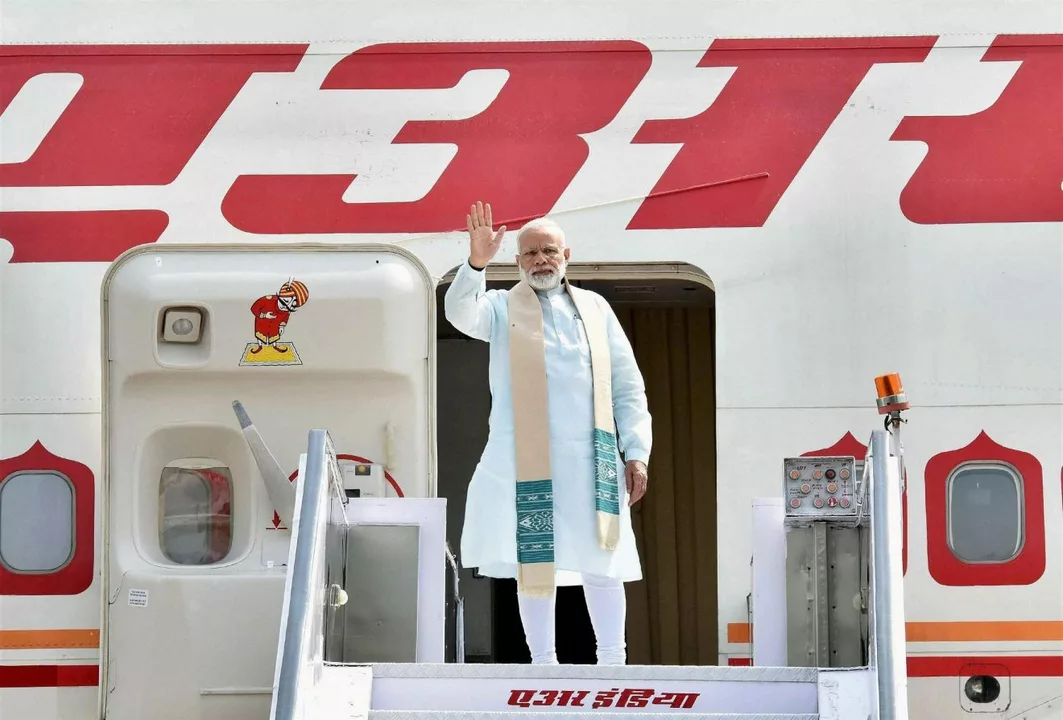Modi Government: What Change Looks Like Today
Since Narendra Modi became prime minister in 2014, his government has rolled out a wave of programmes that touch almost every part of Indian life. From cleaning streets to building rockets, the aim has been simple – push India forward on the global stage while tackling everyday problems at home. In this guide you’ll find the most talked‑about moves, what the prime minister says about them, and why they matter to you.
Key initiatives that define the Modi era
One of the first big pushes was Swachh Bharat Abhiyan, a campaign to make every village open‑defecation free. The goal was clear: healthier communities and a cleaner image for the country. Alongside that, Digital India tried to bring internet access to remote schools and villages, turning smartphones into tools for learning and banking. Make in India encouraged local factories to produce goods that were once imported, creating jobs and boosting exports.
The tax landscape also got a facelift with the introduction of the Goods and Services Tax (GST). By merging dozens of state and central taxes into one system, the government hoped to simplify business compliance and cut hidden costs. While businesses needed time to adjust, many report smoother cash flow and clearer pricing.
On the world stage, the International Solar Alliance and a push for renewable energy show the government’s drive to position India as a clean‑energy leader. These projects bring investment, create green jobs, and help meet climate goals.
What the speeches reveal
Modi’s Independence Day speeches are a good barometer of where the government is headed. In his first speech in 2014, he highlighted clean water, electricity for every home and a “new India” that respects its cultural roots while embracing technology. By 2019, the focus shifted to space – he called for India to become a “space superpower” and talked about missions to the Moon and Mars.
Recent speeches blend pride with practical asks: improve sanitation, boost the manufacturing sector, and support farmers with better credit. He often ties these points to a larger narrative of national unity, urging citizens to work together for a stronger India.
These addresses also give a glimpse of political priorities. When Modi talks about women’s empowerment, you’ll see new schemes for health insurance and skill training for women. When he mentions youth, expect more scholarships and start‑up incubators. The speeches act like a roadmap – they tell you what the government will fund next.
Overall, the Modi government mixes big‑picture vision with ground‑level programmes. Whether you’re a student, a small business owner or just curious about Indian politics, knowing these key policies and the messages behind them helps you understand where the country is headed. Keep an eye on upcoming speeches – they often signal the next big push, whether it’s a new digital tool, a green energy project, or a policy aimed at improving everyday life.
